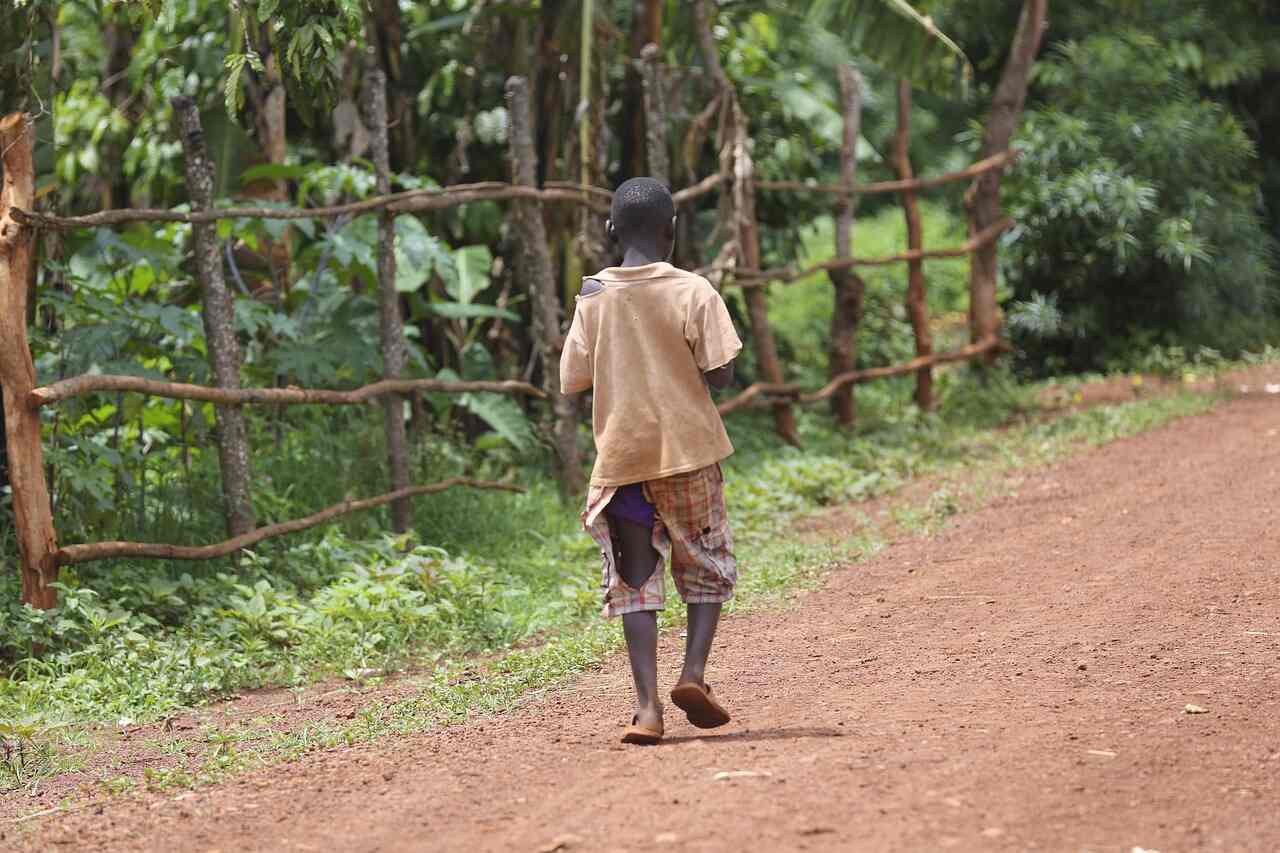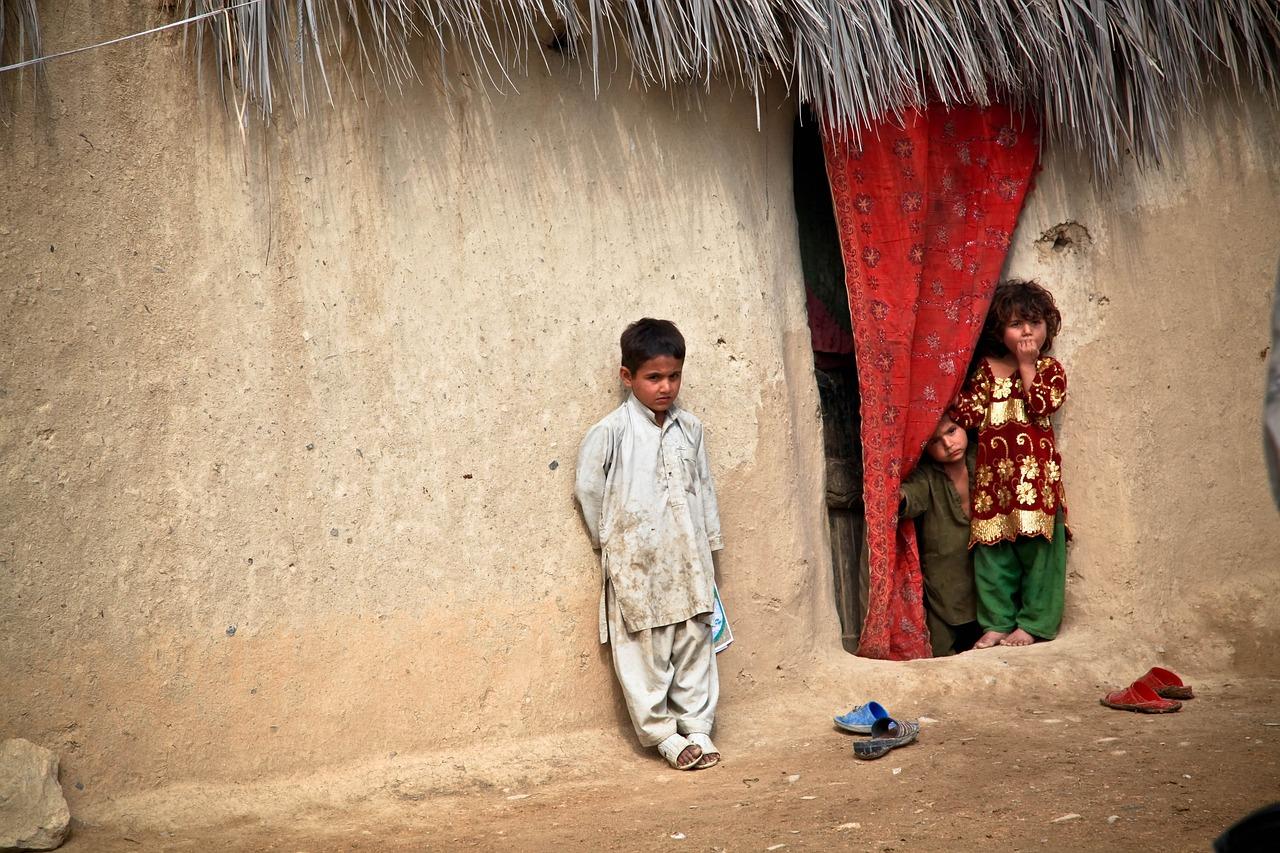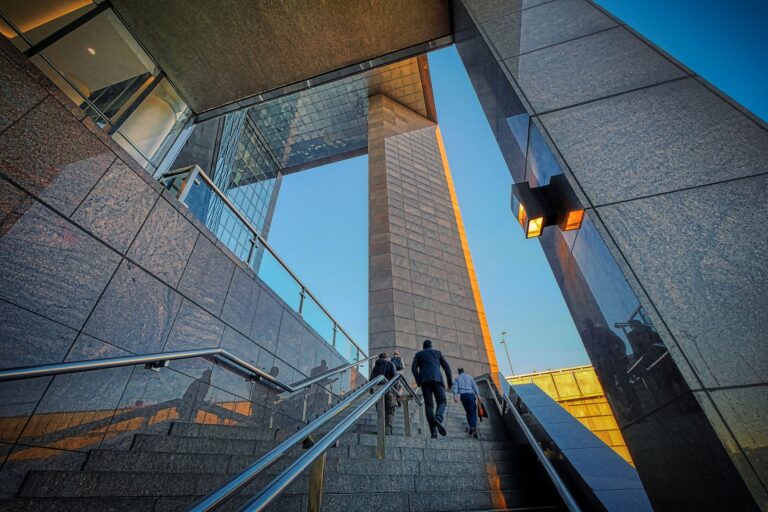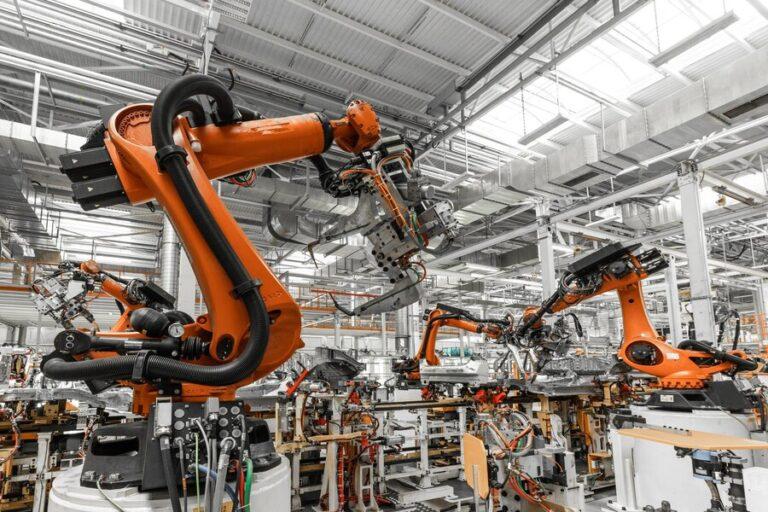11 Inspiring Characteristics of Underdeveloped Countries: Key Features and Challenges
Introduction
Underdeveloped countries, also called low-income countries, have numerous economic, social, and political complications that slow down their growth. These nations have much poverty, high levels of unemployment, small industry, and pitiable infrastructure. They also face problems with bad healthcare, low reading and writing skills, and weak government, which make it harder for them to progress.
This piece looks at the main characteristics of underdeveloped countries and explains what affects their economy and society. Knowing these features is important for policymakers, researchers, and foreign organizations that aim to improve global development and economic growth.
1. Low Per Capita Income

The main characteristic among the different characteristics of underdeveloped countries is their low income per person. Maximum people earn very low incomes, which makes it tough for them to pay for simple needs like food, healthcare, and schooling. This leads to a lot of people being poor, with numerous living under the poverty line.
These countries have little industry development and weak economies, so they mostly depend on farming and informal work, which brings in low profits and income. The shortage of well-paying jobs stops people from improving their economic situations and keeps inequality going.
2. Fast increase in population
The second main characteristic among the different characteristics of underdeveloped countries is that poor countries often have fast population growth because many babies are born and there are few family planning services available. The quick rise in population puts a lot of stress on resources that are already limited, like food, water, healthcare, and schooling.
When a population grows but the economy doesn’t, there are more people who aren’t working compared to those who are. This situation is called a bigger dependency ratio. This makes it hard for governments to offer important services and keep the economy steady.
3. High Unemployment and Underemployment
There are few job options in poor countries, and the ones that are available often pay low wages and lack job security. Many people have to take private or low-paying jobs, leading to a lot of underemployment.
High unemployment can cause problems like more crime, poverty, and political unrest. Without investing in new jobs, the economy grows slowly, keeping many people stuck in poverty. This is the third characteristic among the different characteristics of underdeveloped countries.
4. Too Much Reliance on Farming
Agriculture is important for many unindustrialized countries, where a big part of the people work in agriculture. Agricultural production is often stumpy because of old cultivation methods, not sufficient investment, and fragile infrastructure.
Relying too much on farming makes these countries vulnerable to outside problems like climate change, floods, and changing prices for goods. Without a variety of industries, economic growth stays slow and is at risk from outside influences.
5. Bad infrastructure and little industrial development
Infrastructure development in poor countries is usually not enough, with bad roads, inconsistent power, and little access to clean water and sanitation. The absence of infrastructure slows down economic activities and makes local and foreign businesses less likely to spend.
Industrialization is lacking, so these countries depend on selling raw materials instead of products that are made with extra value. This leads to weak economies that rely on outside markets for growth, making them vulnerable to changes in the global economy. This is the fifth characteristic among the different characteristics of underdeveloped countries.
6. Low reading and writing skills and weak education systems
Education in poor countries is often weak because they don’t have enough money, good buildings, or well-trained teachers. Low reading rates make it hard for people to find better jobs, which keeps them in poverty.
In these nations, children every so often leave school because their parents don’t have sufficient money, there are not adequate school amenities, or they need to support their families. Without a good education, people can’t advance their skills, which slows down economic growth.
7. Lack of Good Healthcare Services
The seventh main characteristic among the different characteristics of underdeveloped countries is that in underdeveloped countries, access to good healthcare is restricted because of weak infrastructure, not enough medical workers, and a lack of funds. This results in high death rates, more avoidable diseases, and bad public health.
Malnutrition, illness, and poor care for mothers lead to shorter life spans. Governments and international groups should put money into healthcare systems to make people healthier and boost productivity.
8. Political Unrest and Corruption
Many underdeveloped countries have weak government systems and a lot of crime. Political instability makes people hesitant to spend and slows down economic growth. Corruption in government takes away money that should be used for public growth, making poverty worse.
Without openness and strong organizations, economic strategies can’t ensure lasting growth. Political instability can cause social unrest, which makes it hard to carry out long-term growth plans. This is the eighth characteristic among the different characteristics of underdeveloped countries.
9. Relying on help from other countries and loans
Many poor countries depend a lot on foreign help and loans to support their economies. Aid supports people in the short term, but then again it can make them dependent on funding and doesn’t fix the foremost issues that cause poverty.
High levels of loans make it hard for states to expend money on significant areas like education, healthcare, and infrastructure. Sustainable economic plans that encourage self-sufficiency are imperative to lessen dependence on outside financial help.
10. Social Inequality and Gender Gaps
The tenth main characteristic among the different characteristics of underdeveloped countries is that poor countries often have big gaps in income, schooling, and healthcare. Women and marginalized groups often face unfair treatment, which restricts their access to resources and chances.
Gender inequality holds back economic growth because it stops half of the people from fully taking part in the economy. It is important to support women by providing education, job chances, and legal rights to help achieve long-lasting development.
11. Environmental Problems and Climate Risks
Poor countries are often more affected by environmental problems like cutting down trees, smog, and climate change. Bad infrastructure and a lack of readiness for disasters make it hard to respond to natural disasters, making economic problems worse.
Noble environmental laws, capitalizing on renewable energy, and conservation efforts are significant in addressing these difficulties and supporting long-term economic constancy. This is the eleventh characteristic among the different characteristics of underdeveloped countries.
Summary
Talking about the different characteristics of underdeveloped countries, poor countries face many problems that slow down their economic and social growth. Low income, bad infrastructure, weak healthcare, and political instability are some of the challenges that stop growth from being permanent. With the right spending on education, healthcare, industry, and good government, these countries can become more prosperous.
To promote sustainable growth and enhance the lives of many, it is important to tackle these issues with smart policies and teamwork between countries. By concentrating on long-term economic plans and reducing reliance on foreign help, poorer countries can create stronger and more independent economies.
What are the main characteristics of underdeveloped countries?
Underdeveloped countries have low income per person, high unemployment, bad roads and buildings, weak schools, unstable governments, and rely too much on farming.
How does political turmoil affect underdeveloped countries?
Political instability makes people hesitant to spend, causes disruptions in the economy, and results in poor management. Corruption and weak institutions make it hard to carry out development plans properly.
Why is manufacturing important for economic growth?
Industrialization provides jobs, boosts productivity, and helps the economy stay stable. Countries that depend only on farming are more likely to face problems and slower economic growth.
How can poor countries improve their economies?
Investing in education, healthcare, infrastructure, and industry is important for economic growth. Fighting corruption, supporting good leadership, and attracting foreign investment can help foster growth.
What part does foreign aid play in underdeveloped countries?
Foreign aid helps with short-term needs and funding for projects, but relying too much on it can lead to dependence. To be self-sufficient, we need sustainable economic strategies.




